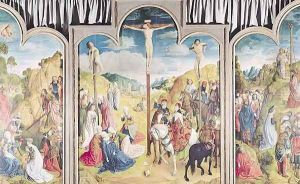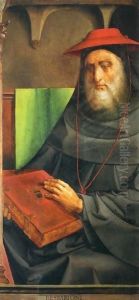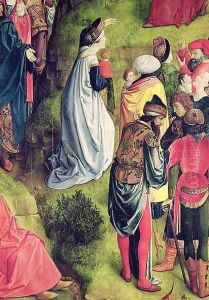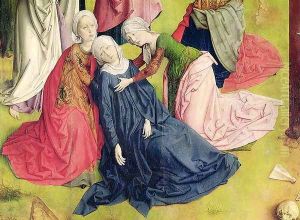van Gent (Joos van Wassenhove) Joos Paintings
Joos van Wassenhove, also known as Justus of Ghent and Jodocus of Ghent, was an Early Netherlandish painter who was active during the latter half of the 15th century. Though details about his early life and training are sparse, he is believed to have been born in or near Ghent (now in modern-day Belgium) around 1410 to 1420. His works are notable for their incorporation of Italian Renaissance elements, which was somewhat unusual for Northern European artists of his time.
Joos van Wassenhove is thought to have moved to Italy in the 1460s, where he became part of the vibrant artistic community. By 1473, he was in Urbino, Italy, working for Federico da Montefeltro, the Duke of Urbino. This period is significant for the artist as he produced one of his masterpieces, the 'Communion of the Apostles', commissioned by the Duke for the Brotherhood of Corpus Domini in Urbino. This piece is especially noteworthy for its early use of perspective, a technique that was being explored and developed in Italy during the Renaissance.
Despite his integration into the Italian art scene and his adoption of Renaissance techniques, Joos van Wassenhove maintained a distinctly Northern European sensibility in his work, particularly in his detailed treatment of surfaces and textures. This blending of Northern and Italianate elements helped bridge the stylistic gap between the regions during the Renaissance.
After his time in Urbino, little is documented about Joos' life. He is last recorded in the historical record in 1480, and it is presumed he died shortly after this date. Today, his works are considered important for their contribution to the spread of Renaissance ideas north of the Alps, and they provide a fascinating insight into the cross-cultural exchanges that were occurring in art during the late 15th century.















